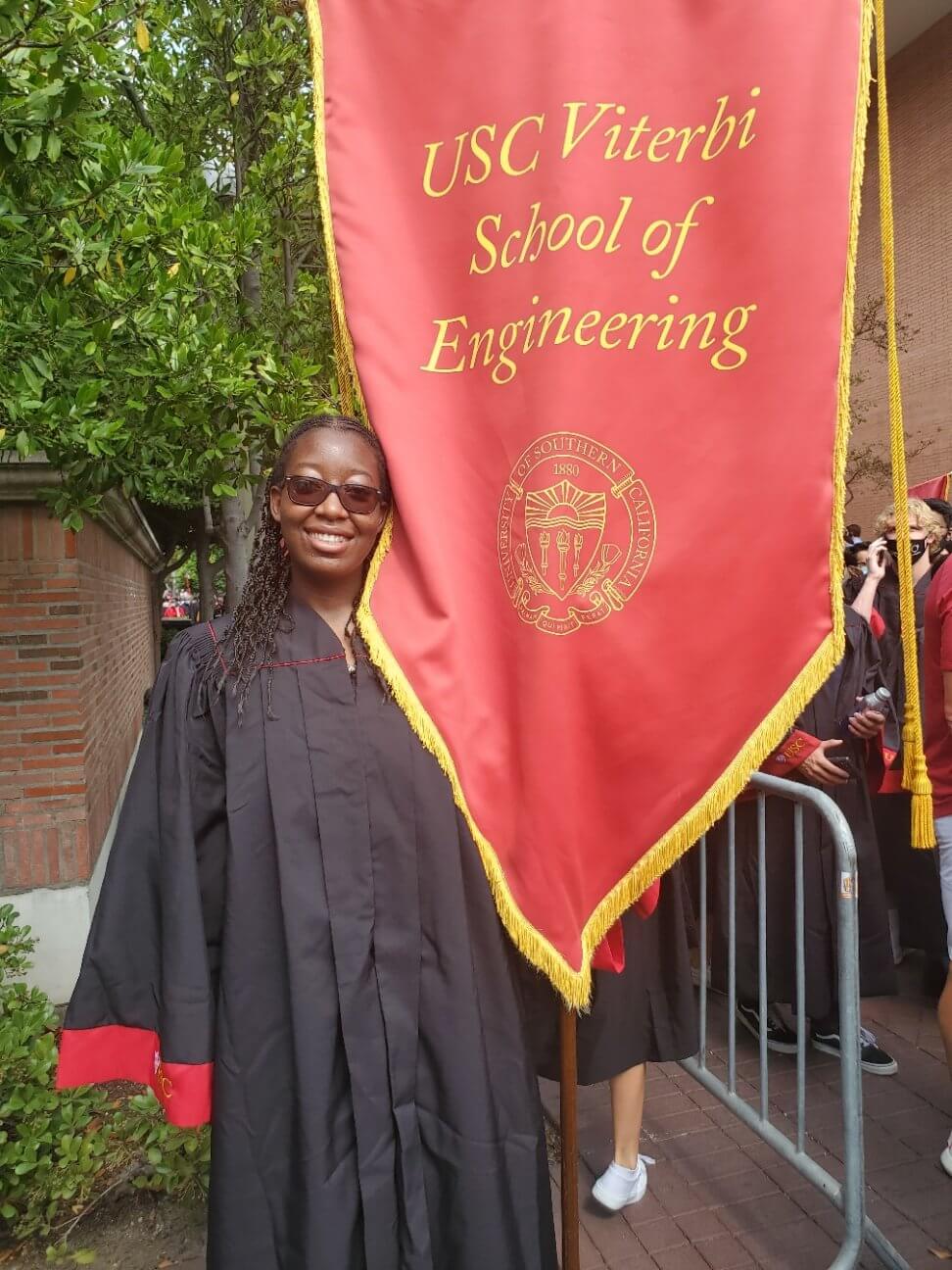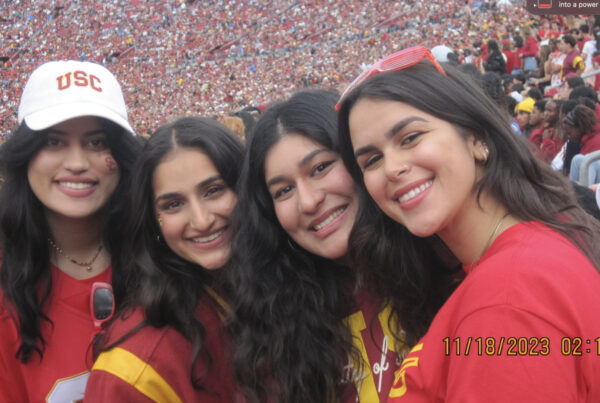This is a guest blog entry written by Princess Anita Ilo. If you want to read more stories, visit https://viterbiadmission.usc.edu/blacklives
My name is Princess, and I am a sophomore studying biomedical engineering. For high school, I went to King Drew Magnet High School of Medical and Science. My high school was in Compton, which I had never been to, but only heard stories about. My mom and some other Nigerian moms had the same idea to send their kids to that school because it had a reputation for being rigorous and producing intelligent children. I went into high school with the hope of joining the medical program only offered junior year. This program allowed students to shadow doctors, volunteer at Veterans Affairs, or do research at Charles Drew Medical University right next door.
The school took some time to get used to. Not because I found it very challenging or hard to navigate, but because I came from a very diverse middle school to a school with a majority of two populations; more than fifty percent Hispanic, and the rest of the population is African American. I did not learn until I joined the medical career program and went on a tour of the Compton neighborhood, that the neighborhood around the school was built intentionally to support low-income and under-represented youth. The plan was to create an area for those of us that wanted to be doctors and give that experience and access to the tools we needed to be a successful medical professional and give back to our community. I spent most of the time in the neighborhood around my school, and it was not until I left that I appreciated how much care went into making a safe space for students to guide us toward our journey to medical school.
As I went into my senior year, it was time to start applying to colleges. I went into high school thinking I wanted to be a doctor but later I realized I had more interests. I spent all four years only focused solely on medicine, so the summer after my junior year, I decided to try engineering, and participated in the Johns Hopkins Engineering innovation summer program. I learned from that experience that I wanted to be a biomedical engineer. I was able to mix health and engineering. During this program, I could not help but notice that I was the only African American there. During my four years of high school, it was always a shock to see people that were not Hispanic or African American in an academic setting. I suppose that it was my first taste of the real world in a long time.
I knew I wanted to go with a biomedical engineering route, but I still had to decide where to apply. I applied through Questbridge, and when given the option to pick twelve schools for the free application, I put USC as my last choice. USC did not feel like a serious choice for me until I went to campus for Explore USC. Thankfully I was able to go right before the pandemic closed everything. If I had not come to Explore USC and experienced the campus, all the wonderful people, and learned about all the opportunities the school has for interdisciplinary studies in person; I likely would be here. After I chose USC, I was happy with my decision. Still, I was told by the only staff member at my high school that went to USC that it was a good school with a low African American population, but they make up for it with the many organizations to include African American students. I did not understand what that meant until I started coming to in-person classes.
Living in USC housing and going to classes as a sophomore, I cannot help but notice the lack of African American students. I might be the only one or one of three. I sometimes take note of an African American student passing by me when walking on campus or when there is a group of students because it does not happen very often. This does not bother me, but I take note of it, and it reminds me a lot of the summer I was in the Engineering innovation program. Now that we are back in-person, I can become part of NSBE (National Society of Black Engineers), and join other organizations with others like me. As I continue my time at USC, I will keep taking note of the people that look like me.







